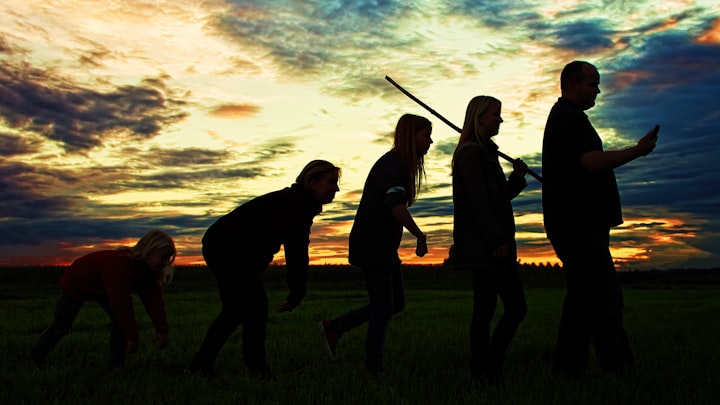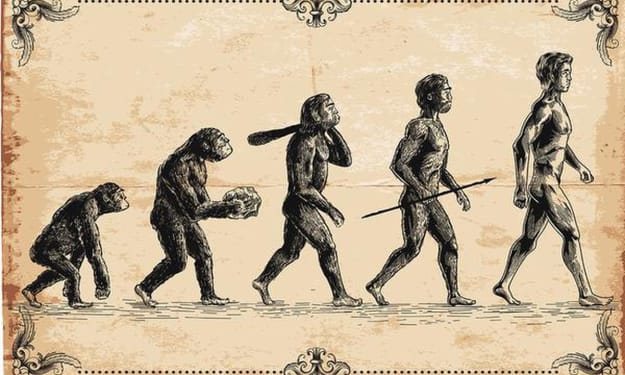Are Humans Still Evolving?
Why Our Evolution May Not Be As Stagnant As We Think

Evolution is a fascinating process that continues to shape the human species in remarkable ways. While on the surface, it may seem that humans have not changed much from our early ancestors, a closer look reveals the intricate ways in which we are evolving. One striking example of human adaptation can be seen in the Bajau people of Southeast Asia. These skilled divers have developed extraordinary breath-holding abilities, allowing them to stay submerged for up to 12 minutes, far surpassing the average person's 30-second limit. This exceptional skill is not only a result of training and experience but is also linked to a genetic mutation that has led to their spleens being 50% larger than average.
The spleen, often underestimated in its importance, serves a vital function in filtering and storing oxygen-rich red blood cells. In the case of the Bajau divers, their enlarged spleens play a crucial role when they submerge underwater, as these organs contract to increase oxygen levels in their blood by as much as 10%. This physiological adaptation provides them with a distinct advantage in underwater foraging, a skill likely refined over centuries of residing on houseboats for generations. The remarkable abilities of the Bajau people underscore how human evolution can be shaped by a combination of environmental influences and genetic mutations, highlighting the intricate interplay between nature and genetics in the ongoing development of the human species.
Another intriguing aspect of human evolution lies in our ability to digest milk as adults. Approximately 35% of the global population possesses this genetic superpower, which allows them to produce lactase throughout their lives. This enzyme breaks down milk sugars for easy digestion, providing additional nutrition and contributing to healthier, longer lives. This ability, originating from a genetic mutation in Europe 5,000 - 10,000 years ago, has become prevalent in northern Europeans, with roughly 95% of them now possessing the mutation. The evolution of lactase persistence highlights how genetic changes can impact not only individual health but also the dietary habits of entire populations.
Beyond physical adaptations, genetic mutations can also confer resistance to deadly diseases. In regions where HIV prevalence is high, such as parts of South Africa, researchers have identified individuals with stronger resistance to the virus. These individuals share a mutation in the HLA-B27 gene, which enhances their ability to combat HIV, potentially delaying the onset of AIDS or preventing it altogether. This discovery raises intriguing questions about the potential for genetic mutations to provide immunity against life-threatening conditions and the role they may play in shaping the future of human health.
With an estimated 20,000 - 30,000 genes in the human body, the potential for genetic mutations to shape our evolution is vast. Some mutations lead to physical adaptations such as larger spleens or lactase persistence, while others provide immunity against diseases like AIDS. This ongoing evolutionary process serves as a reminder that humans are not static entities but dynamic beings constantly evolving and adapting to their surroundings. The intricate interplay between genetics, environment, and health underscores the complexity of human evolution and highlights the endless possibilities for genetic variations to influence the trajectory of our species.
As we continue to uncover the genetic underpinnings of human evolution, one thing remains clear – evolution is a dynamic and ongoing process. The stories of the Bajau divers, lactase persistence in Europeans, and HIV resistance in certain populations serve as compelling examples of how genetic mutations can shape the course of human evolution. By studying these adaptations, we gain valuable insights into the complex interplay between genetics, environment, and human health. The future holds endless possibilities for further evolutionary changes, highlighting the resilience and adaptability of the human species.





Comments
There are no comments for this story
Be the first to respond and start the conversation.